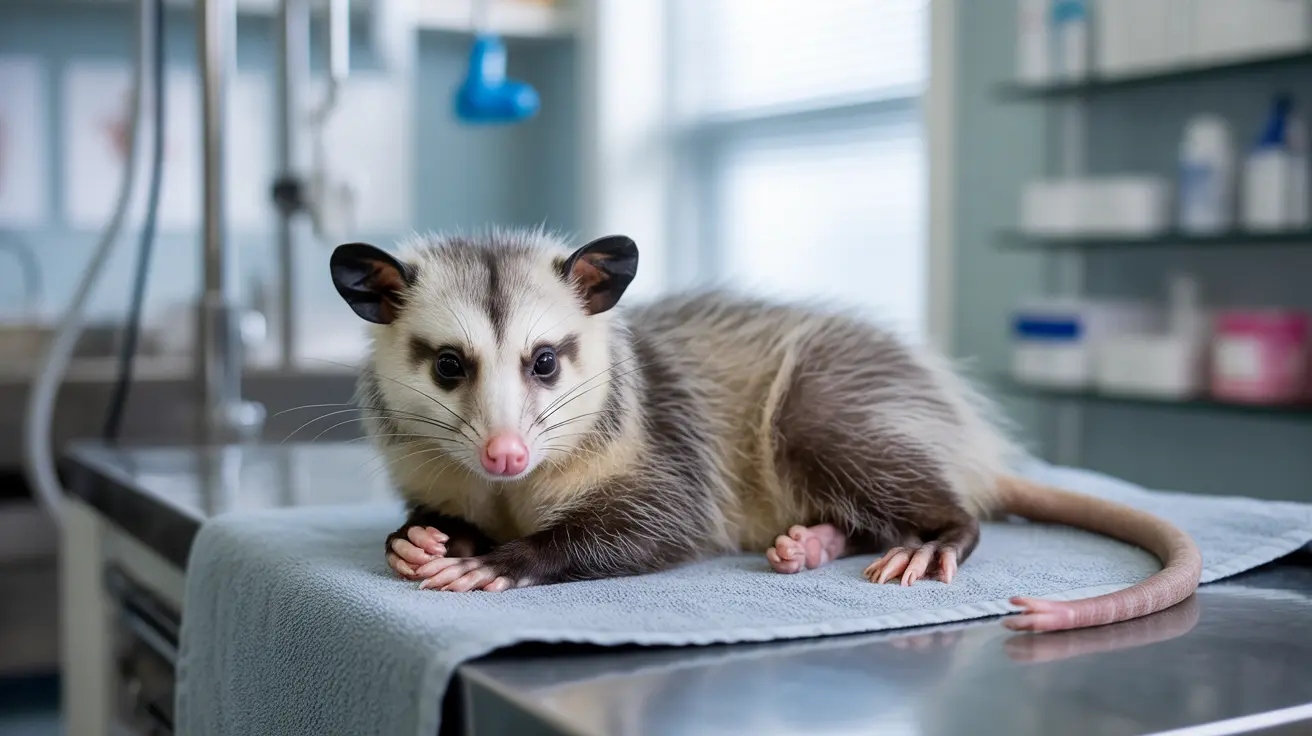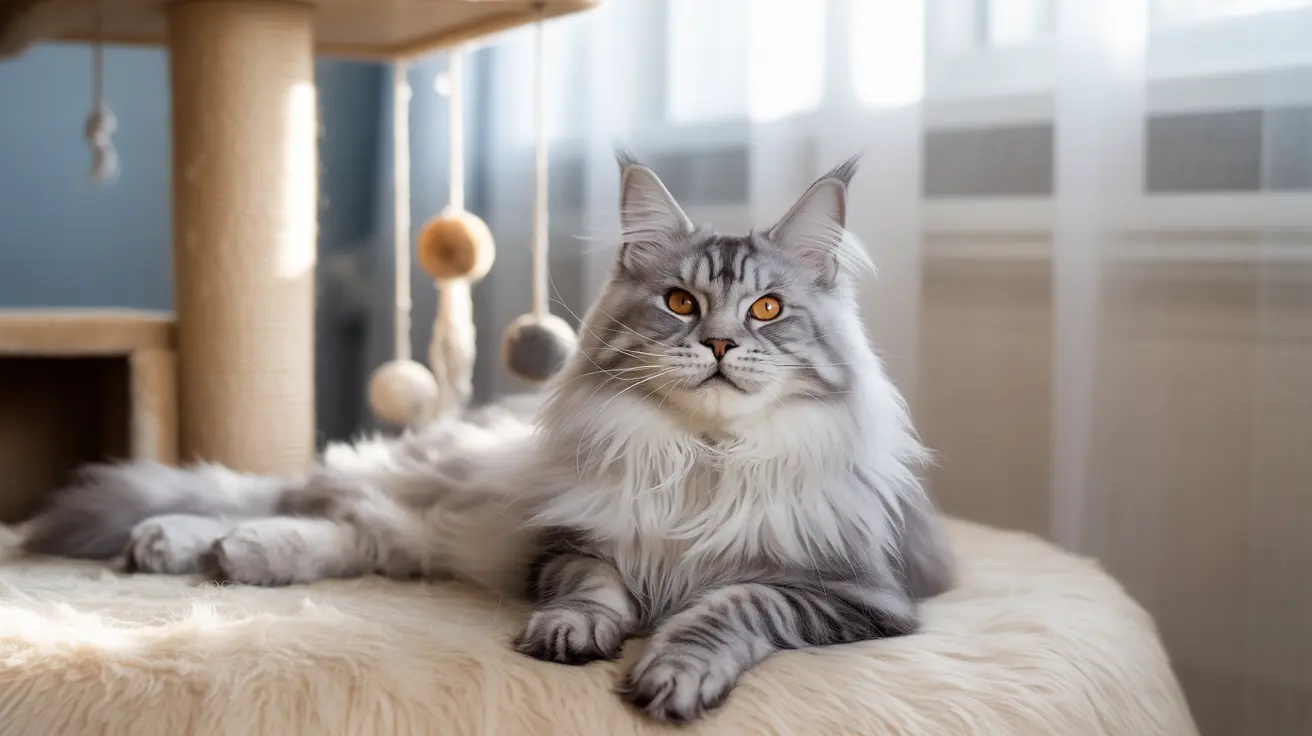Pet-Friendly Floor Cleaning: Safe Options for Cat Owners
Keeping your home clean while ensuring your furry friends remain healthy is a top priority for any pet owner. If you live with cats, it's especially important to be mindful of the cleaning products you use, as many household chemicals can be toxic to felines through ingestion, inhalation, or even skin contact.
The Hazard of Common Cleaning Products
Many common floor cleaners contain ingredients that are dangerous to cats, including:
- Ammonia: Can cause respiratory irritation.
- Bleach: Highly corrosive; can cause chemical burns.
- Phenols: Found in many disinfectants; toxic to cats.
- Essential oils (like tea tree oil): Can cause neurological effects and liver damage.
Because cats walk on recently cleaned floors and then lick their paws, exposure is nearly inevitable. That's why using safe, non-toxic alternatives is essential.
Safe Alternatives to Mop Floors
Here are several safe and effective floor cleaning methods you can use if you have a cat in your home:
- White Vinegar Solution: Mix 1 part white vinegar with 2 parts warm water in a bucket. Add a drop or two of unscented dish soap for added cleaning power. Effective on tiles, linoleum, and sealed hardwood floors.
- Baking Soda Paste: A mixture of baking soda and water can remove tough stains. Rinse well afterward to avoid residue.
- Steam Cleaning: Steam mops sanitize without any chemicals, making them a great choice for pet households. Just use plain water.
- Pet-Safe Commercial Cleaners: Look for products labeled as pet-friendly or formulated specifically for homes with animals. Always read labels and check for certifications.
What to Avoid
Even trace amounts of the following substances can harm your cat:
- Essential oils in cleaners (especially tea tree, eucalyptus, peppermint).
- Disinfectants with phenols (like Lysol brand sprays or wipes).
- Floor cleaners containing bleach or ammonia.
- Multi-surface sprays made for countertops or windows with strong chemicals—these can remain airborne or settle on floor surfaces.
Always keep cats away from freshly cleaned areas until the floor is completely dry.
Additional Safety Steps
To ensure maximum safety for your cat, consider the following:
- Test new products in a small area before widespread use.
- Rinse floors with water after cleaning, if using any cleaning agents.
- Ventilate the area during and after cleaning.
- Store cleaning supplies securely and keep lids tightly closed.
Watch for Symptoms of Poisoning
Despite best precautions, if your cat shows signs of illness like drooling, vomiting, diarrhea, lethargy, or seizures, seek veterinary help immediately. Cats can suffer toxic reactions from inhalation or skin contact.
Conclusion
Your cat’s health should always come first when selecting cleaning products. Choosing simple, natural alternatives or verified pet-safe cleaners can make all the difference. Keep hazardous substances out of reach, use precaution when mopping, and your floors—and your cat—will stay in top shape.





